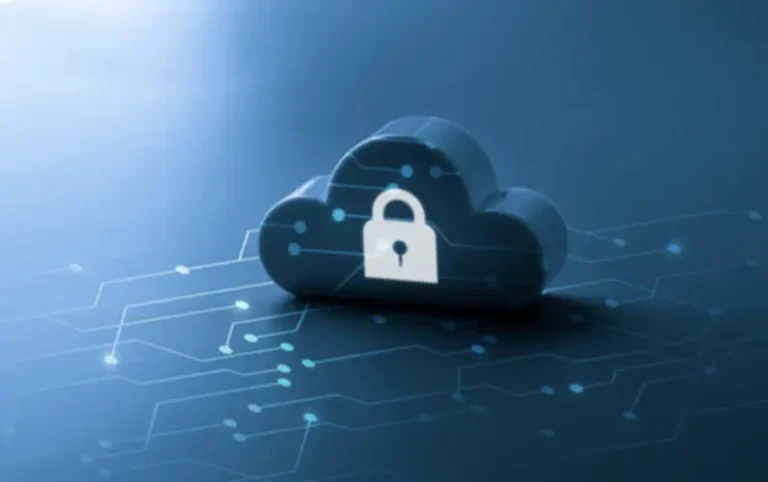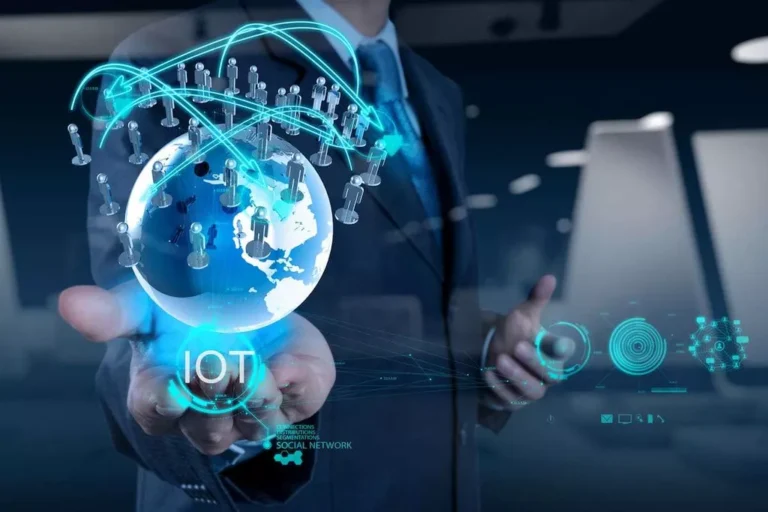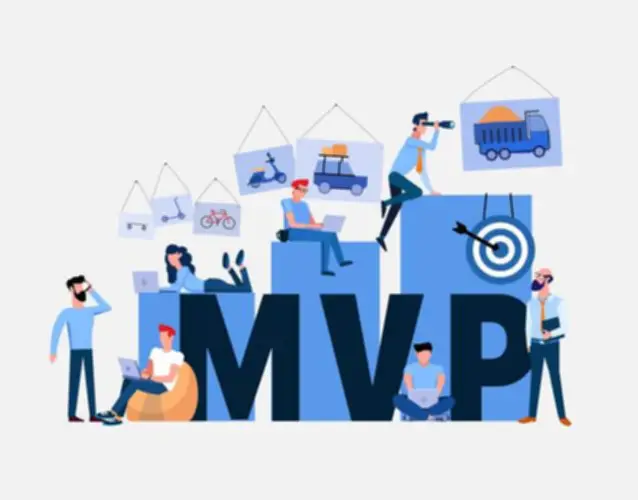Fog computing, on the opposite hand, is a distributed computing mannequin that extends the capabilities of edge computing to a bigger community of units and sensors. Tian et al. [2] propose CCESHP, which is a causal consistency mannequin using a hash ring structure and partial geo-replication, particularly designed for edge storage systems. The mannequin addresses the challenge of sustaining consistency throughout distributed edge nodes, significantly with IoT units. The key contribution is using a two-hash system to map data https://innovacoin.info/what-i-can-teach-you-about-13/ keys and servers on a hash ring, enabling environment friendly grouping and partial replication of knowledge across edge nodes.

Cloud Versus Fog Computing For Iot: The Fog Is Rolling In
When edge computers send huge amounts of data to the cloud, fog nodes receive the information and analyze what’s necessary. Then the fog nodes switch the essential data to the cloud to be stored and delete the unimportant data or hold them with themselves for further evaluation. In this way, fog computing saves plenty of house within the cloud and transfers necessary data shortly. Physically, this extra computing power nearer to the data creation site in a fog computing configuration gets located at a fog node, which is taken into account a crucial ingredient in a cloud-fog-thing community. Fog computing has its origins as an extension of cloud computing, which is the paradigm to have the info, storage and purposes on a distant server, and never hosted domestically.
- The authors handle how to deal with noisy and incomplete information, an issue typically encountered in edge-based localization systems.
- Additionally, it introduces cooperative clever agents to reduce composition response time.
- Cloud service suppliers permit customers to retailer recordsdata and apps on distant servers after which access the knowledge through the Internet.
- As such, consumer and entry administration is part of the safety efforts in fog computing.
- While it is possible for organizations to enhance network bandwidth to allow for more information throughput and related units, such enhancements could improve prices considerably.
- Edge computing and fog computing are two concepts which might be often used interchangeably, but they’ve important differences.
Design For Uninterrupted Fog Providers

This optimizes effectivity, reduces latency, and presents a extra structured but flexible system than a pure edge or cloud model. The most vital difference between cloud computing and fog computing is their location. Cloud computing is a centralized mannequin the place information is stored, processed, and accessed from a distant information heart, while fog computing is a decentralized model where data is processed nearer to edge devices. Edge computing and fog computing are two ideas that are often used interchangeably, however they’ve necessary differences. Edge computing is a decentralized computing model that brings data processing closer to the gadgets and sensors that generate it.

Fog Computing For Next-generation Internet Of Issues: Elementary, State-of-the-art And Research Challenges

On the opposite hand, cloud computing presents centralized data administration and pay-as-you-go models. This makes it an easy-to-implement and cost-efficient option for companies, specifically SMBs. Edge computing is a distributed computing framework that allows localized data processing and analytics. It brings enterprise applications near information sources corresponding to native edge servers or IoT devices. Cao et al. [15] suggest an environment friendly deep learning-based method to intrusion detection in IoT networks, addressing the increasing safety dangers within the IoT surroundings. The technique leverages a convolutional neural community (CNN) to routinely extract features from network site visitors data.

Differences With Edge Computing And Cloud Computing
And though the commercial suppliers have addressed most of the questions in regards to the security, price, and bandwidth wants of cloud computing, there are limits to what the expertise can do. Recognizing the constraints of cloud computing, edge computing was conceived to minimize latency and optimize bandwidth. The key difference between cloud and edge computing is the amount of information to be processed; cloud computing handles massive quantities, while edge focuses on much smaller subsets. Our understanding of data processing and storage paradigms evolves because the digital world undergoes fast transformations. The phrases “cloud,” “edge,” and “fog” aren’t just meteorological terms; they symbolize three distinctive computing techniques. Edge and fog computing emerged in response to the limitations of their predecessor, but they every come with distinct features and benefits.

All One Must Know About Fog Computing And Associated Edge Computing Paradigms: A Complete Survey
Perhaps essentially the most vital difference is latency or the amount of time required for data to travel between devices. In cloud computing methods, latency is usually excessive because of the centralized nature of the platform. Fog computing and cloud computing range principally when it comes to decentralization and adaptability.
Overall, whereas each cloud and fog computing have their respective advantages, you will need to rigorously consider which model is best suited in your specific needs. We’ve already got used to the technical time period cloud, which is a community of multiple gadgets, computer systems and servers connected to each other over the Internet. It is additionally value noting that cloud computing needs continual internet connectivity, however the other two could function even without it. As a end result, they are extra suited to scenarios in which IoT sensors do not have constant web access.
As this form of gaming is extremely delicate to latency, solely the metadata from the sport session is transmitted to the cloud for processing. Provided the connections between the sting units and the cloud server are steady, the outcomes of the actions of all gamers are displayed in real-time. To tackle this threat of congestion and help enhance the reliability of massive data processing techniques, IT infrastructure has advanced to bring computing resources to the point of information technology. Edge computing removes the reliance on a single, centralized information processing center.
As we continue to harness the power of information, guaranteeing it’s processed efficiently, securely, and swiftly will stay on the forefront of technological advancement. But while edge computing addressed the latency and bandwidth challenges, it additionally raised new concerns. Security has turn into a more intricate problem, with information being processed on quite a few gadgets. [newline]Many small devices wanted extra computational muscle to execute rigorous duties. Moreover, managing and sustaining myriad edge gadgets introduced new complexities. Individual organizations need to look at which infrastructure most closely fits their wants and offers the most worth.
The data is then both partially or entirely processed and despatched to the cloud for additional processing or storage. For example, when Netflix announced the characteristic to pause and resume movies and TV exhibits on any system in any room in the home, the streaming service was and is taking benefit of cloud computing assets. This centralization means you can begin watching a movie on one system, pause it, and resume viewing the content on one other device, all thanks to the information’s centralized nature in the cloud. The spine of countless modern digital companies, cloud computing’s expansive storage and processing capabilities have redefined accessibility.













